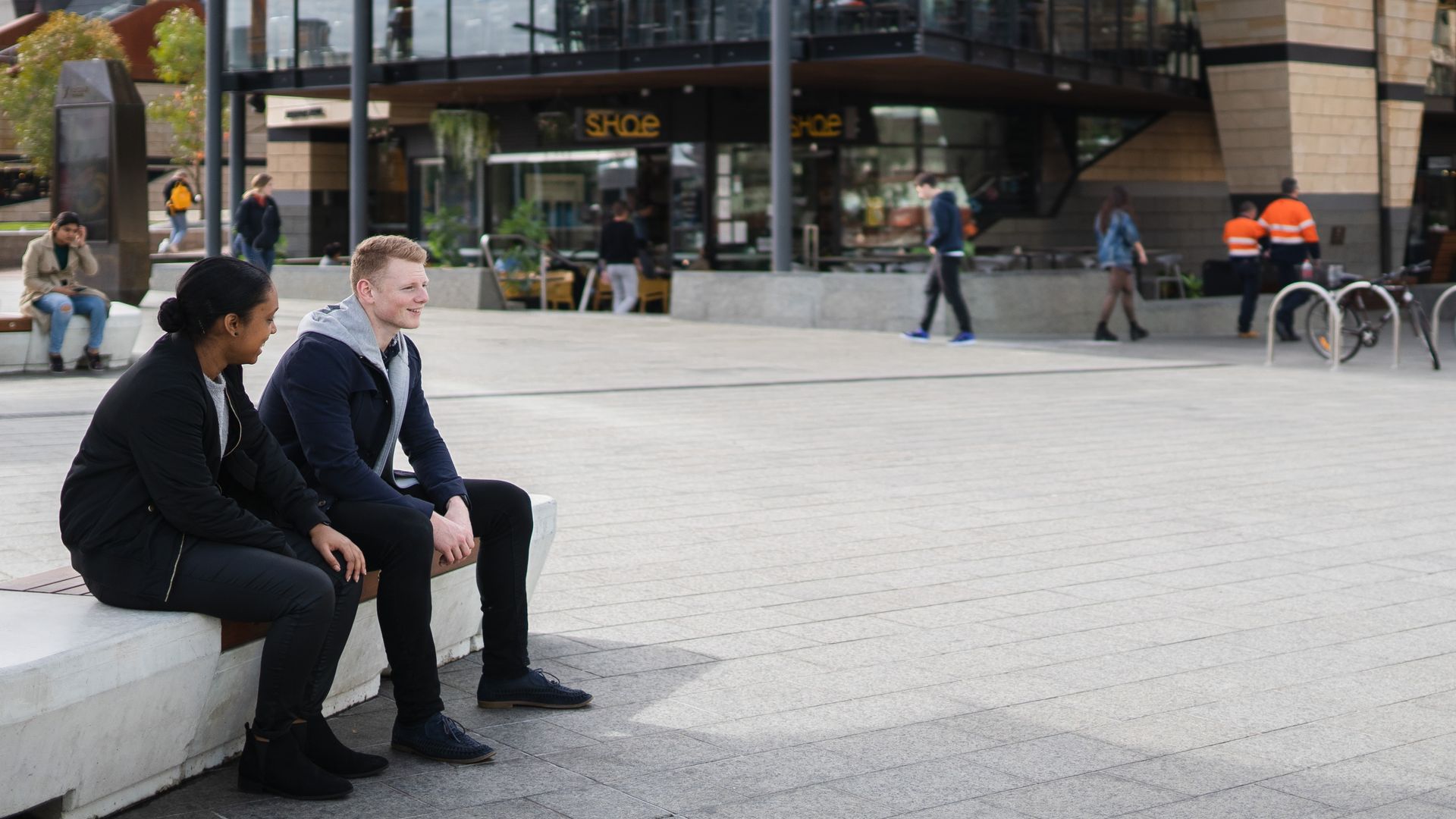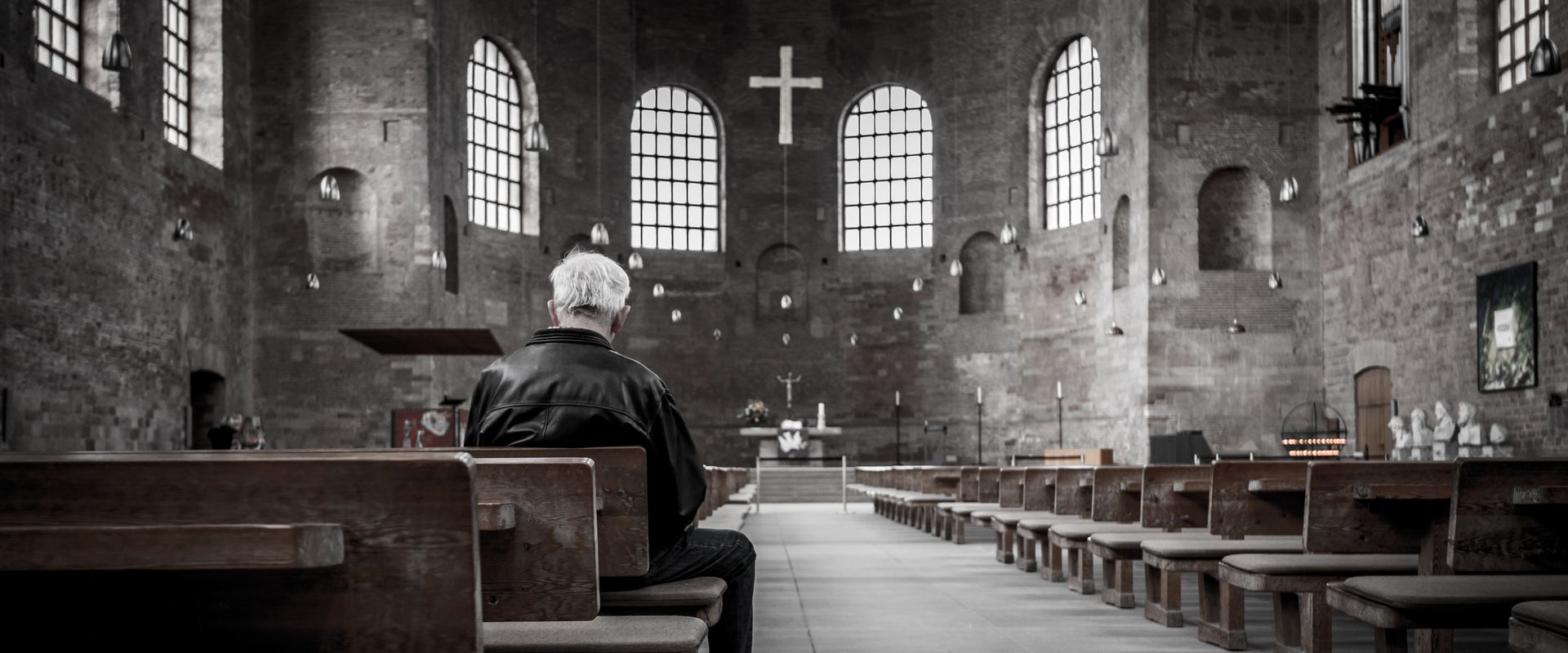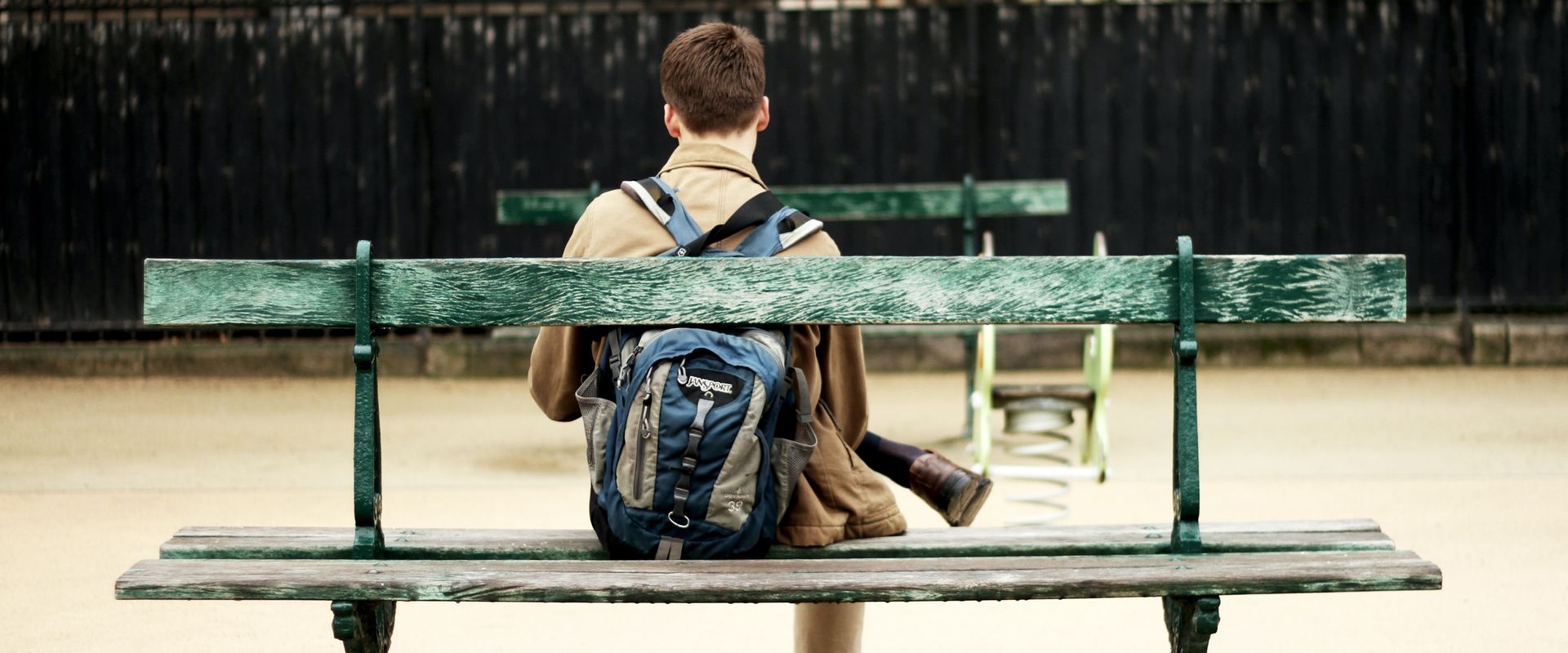“Hope isn’t simply a thermometer, reflecting the condition of the world, but a thermostat, shaping how we perceive and respond to outside events. If each of us could become a bit more hopeful, we have good reasons to expect that many aspects of our individual and collective lives would improve.”
By many measures, we are living through an unprecedented period of hopelessness.
In 2015, economists Anne Case and Angus Deaton introduced the world to the notion of an epidemic of “deaths of despair,” caused most immediately by alcohol poisoning, drug overdose, and suicide, but ultimately, in their view, by hopelessness in the face of what they call a “slowly unfolding loss of a way of life.” Already in 2015, this epidemic had been ravaging Americans — principally less educated men — for the better part of two decades. It has only worsened in the interim.
Even as the middle-aged are dying of despair, adolescents — long considered a byword for carefree innocence and eager expectation — are also increasingly hopeless. The Centers for Disease Control reports that, in 2021, 42 percent of high school students reported consistent feelings of sadness or hopelessness, up from 28 percent in 2011, with nearly a third of students saying that they had considered suicide in the previous year. Perhaps the best index of our general malaise, however, is the extent to which Americans of virtually every stripe are opting out of the hopeful act of bearing and raising children: In 2023, U.S. birth rates hit an all-time low of 1.6 children per woman, arising in part perhaps from a profound indifference (at best) to our collective future.
This mounting sense of ennui has many causes, some of which we have canvassed in previous columns. These include the social unraveling prompted by deindustrialization and stagnant wages, the over-prescription of opioids followed by a flood of deadly fentanyl, the cluttering of young people’s minds by smartphones and social media, and the slow decline of religious belief and practice, among many potential factors. But a neglected element of our current predicament is the role of hope itself, not only as an effect of one’s circumstances, but also as a predictor of future flourishing in its own right.
Hope and Flourishing
This is a topic we at the Human Flourishing Program have been exploring for the past several years. In a recent paper, we examined how differences in self-reported hope (assessed by a single question about how hopeful the respondent felt about the future) among 11,000 American adolescents affected differences in flourishing 12 years later. Even after controlling for socio-economic status, race, gender, and other important factors, greater hopefulness was associated with less depression and stress, better self-rated health, greater happiness and self-control, and increased likelihood of voting and volunteering. These results are similar to what we found in a previous study of 13,000 older adults, in which hope was associated with a 16 percent reduction in mortality risk during four years of follow-up, as well as fewer subsequent chronic conditions; lower levels of depression, negative affect, and loneliness; and notably higher life satisfaction, happiness, purpose in life, and sense of mastery.
Neither study suggests that hope is a panacea. Among the adolescents, hope showed few positive associations with objective health outcomes or behaviors, and was even slightly associated with increased odds of smoking. And among the older adults, we found little or no evidence for an association of hope with reduced subsequent smoking or binge drinking, and no effects of hope on conditions such as diabetes, hypertension, or arthritis. Even the important associations with subsequently lower four-year mortality risk are smaller than analogous associations for volunteering or for religious service attendance.
Nonetheless, these studies and others provide evidence that hope has some important beneficial effects on several health and well-being outcomes. The studies suggest that hope isn’t simply a thermometer, reflecting the condition of the world, but a thermostat, shaping how we perceive and respond to outside events. If each of us could become a bit more hopeful, we have good reasons to expect that many aspects of our individual and collective lives would improve, even amidst, and possibly by confronting, the real challenges we face.
Hope and Optimism
But if we are to promote hope, we had better understand what it is. Unfortunately, this is an area in which social science has arguably been on the wrong track for several decades. The dominant model for hope measurement in much of psychological research is Charles Snyder’s approach of assessing a person’s sense of pathways to a desired outcome, and of his agency to make use of those pathways. But this approach has been criticized (e.g., by the philosopher Michael Milona) for failing to capture hope as most people understand it, and for missing the possibility of hoping against the odds and in the face of difficulties. Items in Snyder’s hope scale such as “I’ve been pretty successful in life,” or “I meet the goals that I set for myself,” arguably do not capture hope at all, but rather an optimistic future outlook, albeit with a high-degree of “self-efficacy.”
In fairness to Snyder, this conflation of hope with optimism has a long history, indeed one that predates the 18th-century coinage of the term “optimism” itself. Already in the 17th century, René Descartes described hope as “a disposition of the soul to be convinced that what it desires will come to pass.” For Descartes, then, as for Snyder, belief in the probability of some desired outcome is a key ingredient in hope. Nonetheless, this conflation of hope with optimism arguably ignores the most important role for hope, which is precisely in apparently hopeless situations.
For instance, it is striking how often Viktor Frankl references “hope” in Man’s Search for Meaning, his memoir of his internment in Auschwitz, though he had no illusions about how bleak his odds were once he passed inside the gates. Frankl writes:
I said that to the impartial the future must seem hopeless. … Each of us could guess for himself how small were his chances of survival … But I also told [the others] that, in spite of that, I had no intention of losing hope and giving up.
If Frankl had been given Snyder’s assessment of hope, it would have been absurd for him to affirm that “there [were] lots of ways around any problem” in Auschwitz. Nonetheless, Frankl was determined to bend his thoughts toward a possible future good, and that attitude helped him endure the apparently unendurable.
If Frankl’s notion of hope, as a trait which matters most when all seems hopeless, ill fits the Descartes-Snyder model, it is just what we would expect from the account of hope offered by Thomas Aquinas (1225–1274). In Summa Theologiae, Thomas distinguished hope’s particular object with reference to four conditions:
First, that it is something good … Secondly, that it is future … Thirdly, that it must be something arduous and difficult to obtain, for we do not speak of any one hoping for trifles, which are in one’s power to have at any time … Fourthly, that this difficult thing is something possible to obtain: for one does not hope for that which one cannot get at all.
For Aquinas, then, hope is the desire for a future good which is difficult but possible to obtain, and, for him, hope constitutes a virtue when it is directed at and grounded in God.
The element of difficulty is not irrelevant. As Emily Dickinson put it 600 years later, hope — “sweetest in the gale is heard” — is most potent and most meaningful amid life’s storms, precisely when optimism might seem most unwarranted. This is a characteristically vivid and moving dramatization of the point which Aquinas makes more abstractly: If optimism (or Cartesian-Snyderian hope) involves a belief in the probability of a future good, Thomist-Dickinsonian hope is centered instead on a commitment to the pursuit of a possible future good. We can be hopeful in this sense about probable outcomes, to be sure, but hope never matters more to us than when our prognosis is grim, and our options are few.
The Future of Hope
Recognizing the urgent need for more philosophically grounded measures of hope, we, along with Nancy Snow of the University of Oklahoma and Ed Brooks of Oxford University have developed new measures of hope and of optimism. Our assessment of hope is grounded in Aquinas’ conception of hope as pertaining to a difficult but possible future good, while our items concerning optimism distinguish between “resourced” and “agentive” versus “groundless” forms of optimism. As we gradually gather data related to these arguably more robust conceptualizations, we expect them to reflect even stronger associations with flourishing than do prior measures such as Snyder’s.
Hope matters for a good life because it is not mere wishful thinking, but that steely disposition which St. Paul described as flowing from a character forged in suffering, and aiming in its turn at costly, self-giving love (Rom 5:3–5). “Those who hope in the Lord,” the prophet Isaiah reminds us, “will renew their strength. They will soar on wings like eagles. They will run and not grow weary; they will walk and not be faint” (40:31). If we are to renew our strength, as individuals and communities, and indeed as a civilization, we will need to reacquaint ourselves with the demanding but powerful virtue of hope.





